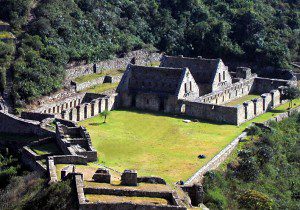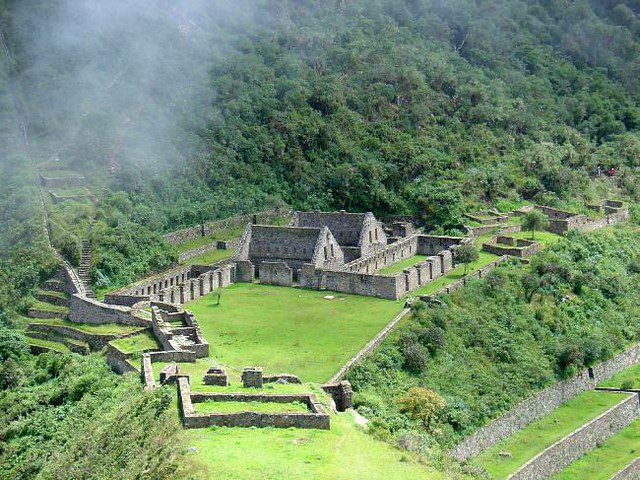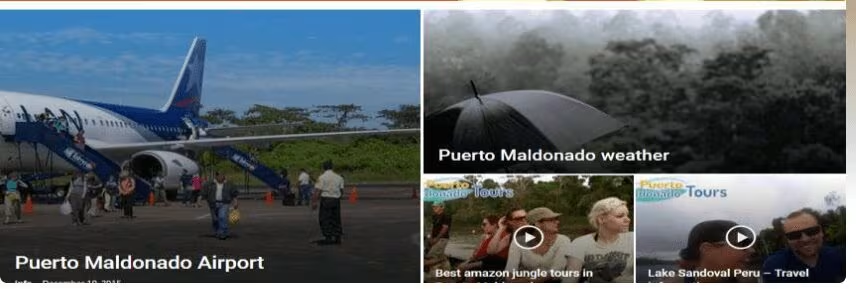Nestled high in the Andean mountains of southern Peru, Choquequirao is an ancient Incan city that rivals Machu Picchu in both grandeur and historical significance. Often referred to as the “sister city” of Machu Picchu, Choquequirao (pronounced CHO-kay-kee-RAO) remains relatively untouched by mass tourism, offering a more secluded and immersive exploration into the Incan civilization. Choquequirao Peru is a hidden gem for adventurous travelers, archeology enthusiasts, and those seeking a unique trekking experience.
History and Significance of Choquequirao
Origins of Choquequirao
Choquequirao, which translates to “Cradle of Gold” in Quechua, was believed to be one of the last strongholds of the Inca Empire. Built in the 15th century during the reign of Pachacuti and later expanded by his successors, the site served as both a ceremonial center and a political hub. It played a key role in the resistance against Spanish conquest, possibly serving as a refuge for Manco Inca Yupanqui during the final years of the Inca rebellion.

Cultural and Spiritual Importance
Choquequirao’s architecture and layout reflect the deep spiritual beliefs of the Incas. Temples, plazas, and ceremonial platforms are aligned with astronomical phenomena, showcasing the Incas’ advanced knowledge of the cosmos. The site is believed to have been a sacred center for sun worship and agricultural rituals.
Geography and Location
Where is Choquequirao Located?
Choquequirao is located in the Vilcabamba mountain range, in the Cusco region of Peru, near the Apurímac River. The site sits at an elevation of approximately 3,050 meters (10,000 feet) above sea level.
Natural Surroundings
The archaeological site is surrounded by cloud forests, deep canyons, and snow-capped peaks, providing breathtaking natural scenery. The biodiversity of the region includes orchids, condors, and spectacled bears, adding a rich ecological layer to the adventure.
How to Get to Choquequirao
The Trek to Choquequirao
Getting to Choquequirao requires a demanding multi-day trek. Unlike Machu Picchu, there is no train or road access. Most treks start from the village of Cachora and involve a 4-5 day round trip hike.
Trekking Highlights
- Cachora to Santa Rosa: Initial descent into the Apurímac Canyon.
- Santa Rosa to Marampata: A steep ascent with panoramic views.
- Marampata to Choquequirao: The final leg through forested paths and ancient terraces.
Future Infrastructure Plans
There are ongoing discussions and plans to build a cable car to improve access to Choquequirao. If completed, this could significantly boost tourism, but also raise concerns about conservation and sustainability.
What to See at Choquequirao
Main Archaeological Features
The Main Plaza
The central plaza of Choquequirao was likely used for important gatherings and rituals. Surrounded by ceremonial buildings, it is the heart of the complex.
The Ceremonial Platforms
These platforms were used for religious ceremonies and are aligned with key astronomical events.
The Llama Terraces
One of the most unique and photogenic features of Choquequirao is the series of terraces adorned with white stone llama figures. These terraces honor the animal’s role in Incan agriculture and culture.
Residential Areas
Housing complexes showcase the social hierarchy and urban planning of the Inca society, with distinctions between noble and commoner quarters.
Lesser-Known Sections
- Andenes (Agricultural Terraces): Sophisticated irrigation and terracing techniques.
- Qolqas (Storage Units): Used to store grains and supplies.
- Astronomical Observation Points: Used to track solstices and equinoxes.

Choquequirao vs. Machu Picchu
Similarities
- Both are Inca sites built in remote mountainous regions.
- Feature terraces, plazas, ceremonial platforms.
- Spiritual and astronomical significance.
Differences
- Accessibility: Machu Picchu is accessible by train; Choquequirao requires a trek.
- Crowds: Machu Picchu is often crowded; Choquequirao offers solitude.
- Preservation: Choquequirao is still being excavated, offering a more raw and mysterious experience.
Best Time to Visit Choquequirao
Dry Season (May to October)
This is the ideal time for trekking, with clearer skies and minimal rainfall. Trails are safer and views more spectacular.
Rainy Season (November to April)
Treks are more challenging due to muddy paths and potential landslides, but the landscape is lush and green.
Choquequirao Trek Preparation
Physical Fitness
The trek is strenuous and requires good physical condition. Daily elevation gains and losses can be intense.
Packing Essentials
- Hiking boots
- Trekking poles
- Waterproof clothing
- Sunscreen and insect repellent
- Water purification tablets
Acclimatization
Spending a few days in Cusco before the trek helps prevent altitude sickness.
Unique and Unusual Facts About Choquequirao
- Still Largely Unexcavated: Only about 30-40% of the site has been uncovered, making every visit potentially historic.
- Astronomical Design: Some structures align with solstices and lunar cycles.
- Llamas in Stone: The only known example of a full herd of stone-etched llamas in Incan art.
- Isolation Equals Preservation: Its remoteness has protected it from the environmental and human degradation seen in more popular sites.
- A City Still Emerging: Each excavation season reveals new buildings and terraces, indicating Choquequirao was even larger than initially thought.
Current Developments and Conservation
Archaeological Discoveries
Recent excavations have unearthed new ceremonial centers, water canals, and evidence of extensive agricultural activity.
Environmental Concerns
Increased interest in the site could threaten its fragile ecosystem. Conservation efforts are focused on sustainable tourism practices.
Choquequirao in Incan and Modern Lore
Incan Myths
Some legends suggest Choquequirao was a city of priestesses or a secret ceremonial site guarded by the mountains.
Modern Symbolism
Choquequirao is increasingly seen as a symbol of resistance, mystery, and uncommercialized cultural heritage in Peru.
Tips for Visiting Choquequirao
Hire a Guide
While independent trekking is possible, hiring a guide enhances the experience with detailed history and safe navigation.
Travel Insurance
Given the remoteness and difficulty of the trek, travel insurance is highly recommended.
Respect the Site
- Do not climb on walls
- Carry out all trash
- Stay on marked paths
Suggested Itinerary for Choquequirao Trek
Day 1: Cusco to Cachora – Hike to Chiquisca
- Drive to Cachora
- Trek to Chiquisca campsite
Day 2: Chiquisca to Marampata
- Cross the Apurímac River
- Climb to Marampata
Day 3: Marampata to Choquequirao
- Explore Choquequirao ruins
- Camp overnight nearby
Day 4: Return Trek
- Hike back through Santa Rosa and Chiquisca
Final Thoughts on Choquequirao Peru
Choquequirao, Peru offers a rare blend of adventure, solitude, and historical depth. It remains one of the most underrated yet rewarding destinations in South America. For travelers seeking a journey beyond the ordinary, Choquequirao is more than a destination—it’s an exploration into the heart of the Incan spirit and a step back in time to an era of architectural brilliance and cosmic wonder.
Whether you’re a seasoned trekker or a cultural enthusiast, Choquequirao delivers a profound experience that leaves an indelible mark on every visitor. Now is the perfect time to experience its mystique—before the world catches on.

